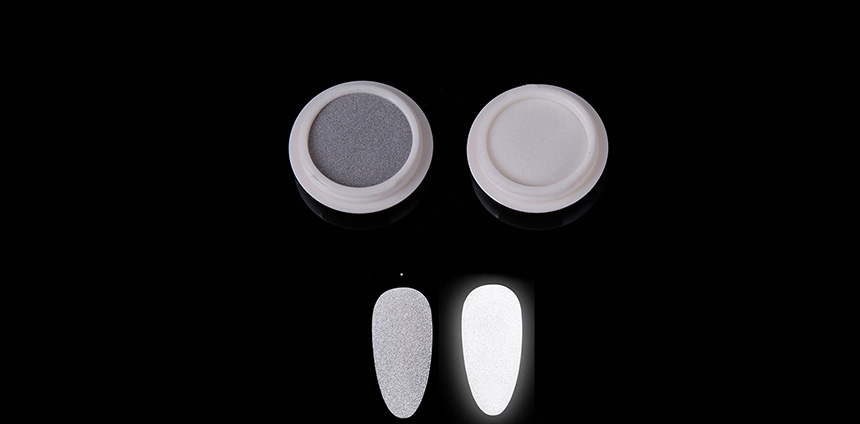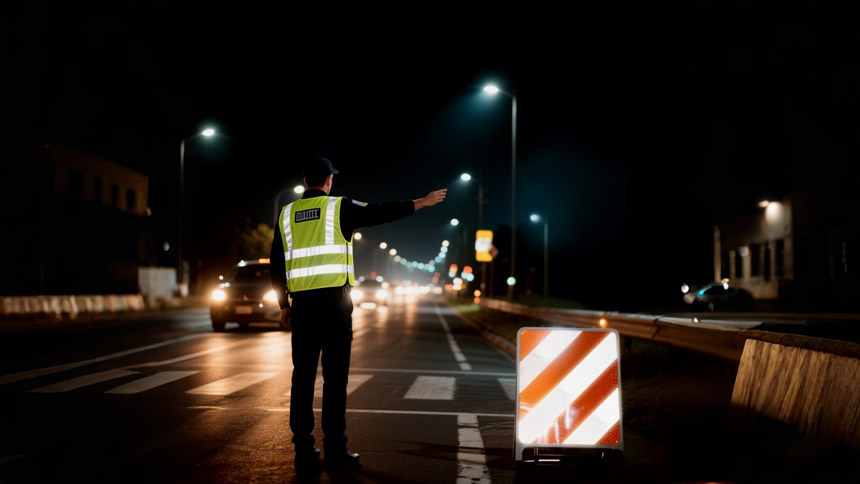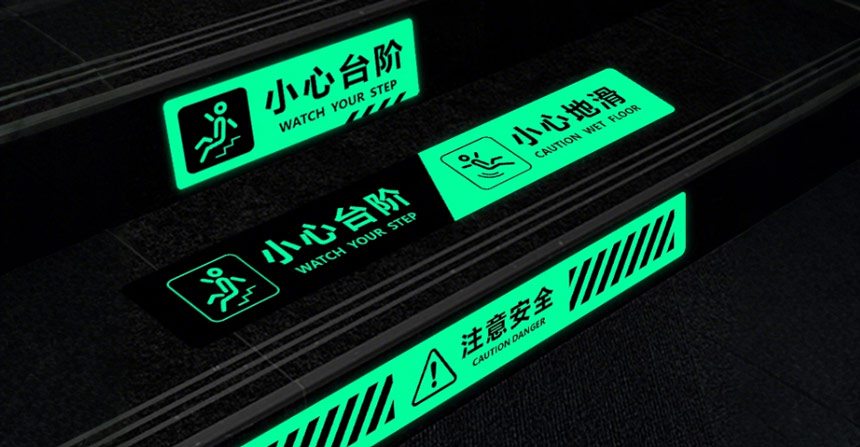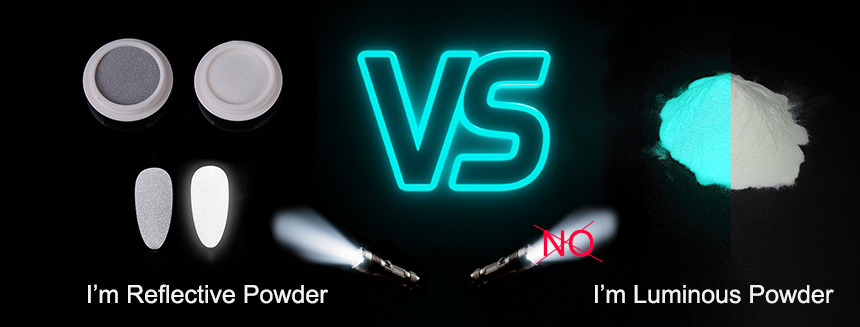The difference between reflective powder and luminous powder: how to choose the right luminous material
03 Apr 2025
The difference between reflective powder and luminous powder: how to choose the right luminous material
Table of Contents
0. Introductions
1. Basic concepts of reflective powder and luminous powder
2. Comparison of luminous/reflective principles
3. Comparison of application scenarios
4. How to choose: reflective powder or luminous powder?
5. People Also Asked (FAQ)
6. Conclusion
In applications that require luminous effects, reflective powder and luminous powder are two common choices, but their luminous principles, usage scenarios and performance characteristics are different. This article will compare the differences between the two in detail to help you choose the most suitable material.
1. Basic concepts of reflective powder and luminous powder
Reflective powder (Reflective Pigment)
Reflective powder is a material that relies on external light sources to reflect light and does not emit light itself. It is usually composed of high-refractive glass beads or special crystals and is widely used in traffic signs, safety clothing and billboards.

Phosphorescent Powder/Luminous Powder/Glow in the dark Powder
Luminous powder is a light-storing material that can slowly release light after absorbing light energy to achieve a self-luminous effect. Common luminous powders include zinc sulfide (ZnS) and strontium aluminate (SrAl₂O₄), which are often used in luminous paints, clock dials and emergency signs.

2. Comparison of luminous/reflective principles
Characteristics
|
Reflective powder
|
Luminous powder
|
Luminous mode
|
Reflect external light source
|
Self-luminous after absorbing and storing light energy
|
Is continuous illumination required?
|
Yes
|
No (only a short period of illumination is required for continuous illumination)
|
Luminous duration
|
Instant reflection, no afterglow
|
Minutes to tens of hours (depending on the material)
|
Best applicable environment
|
Environment with direct light source (such as car lights)
|
Dark or low-light environment
|
3. Comparison of application scenarios
Typical uses of reflective powder
Traffic safety: road signs, reflective road studs, license plates
Personal protection: reflective vests, work clothes, sports shoes
Advertising and decoration: neon lights, fluorescent posters

Typical uses of luminous powder
Night instructions: escape route signs, fire equipment logos
Decoration and art: luminous paint, luminous crafts
Electronic products: watches, instrument panels

4. How to choose: reflective powder or luminous powder?

When to choose reflective powder
High brightness reflection effect is required (such as traffic safety products)
Depend on external light sources (such as car lights, searchlights)
Require low cost and instant reflection
When to choose luminous powder
Need to emit light autonomously in a dark environment (such as emergency instructions)
Hope to achieve long-lasting luminescence (such as decorations, clocks)
High environmental protection requirements (some luminous powders are non-radioactive)
5. People Also Asked (FAQ)
Q1: Does luminous powder have radiation?
Traditional zinc sulfide luminous powder may contain trace amounts of radioactive substances, but modern strontium aluminate luminous powder has achieved no radiation and can be used safely.
Q2: Is reflective powder effective in a completely dark environment?
No, reflective powder must rely on external light sources to reflect light.
Q3: Which material is more durable?
Reflective powder (such as glass beads) is generally more weather-resistant, while luminous powder may attenuate its luminous performance if exposed to ultraviolet rays for a long time.
6. Conclusion
Reflective powder and luminous powder each have their own advantages, and the choice depends on specific needs:
Reflective powder is suitable for scenes that require instant high-brightness reflection, such as traffic safety.
Luminous powder is suitable for continuous luminescence needs in environments without light sources, such as emergency signs.
Correctly understanding the difference between the two can help you make more informed choices in engineering, design, and safety applications.
 [email protected]
[email protected]
 +86 13965049124
+86 13965049124 [email protected]
[email protected]
 +86 13965049124
+86 13965049124

